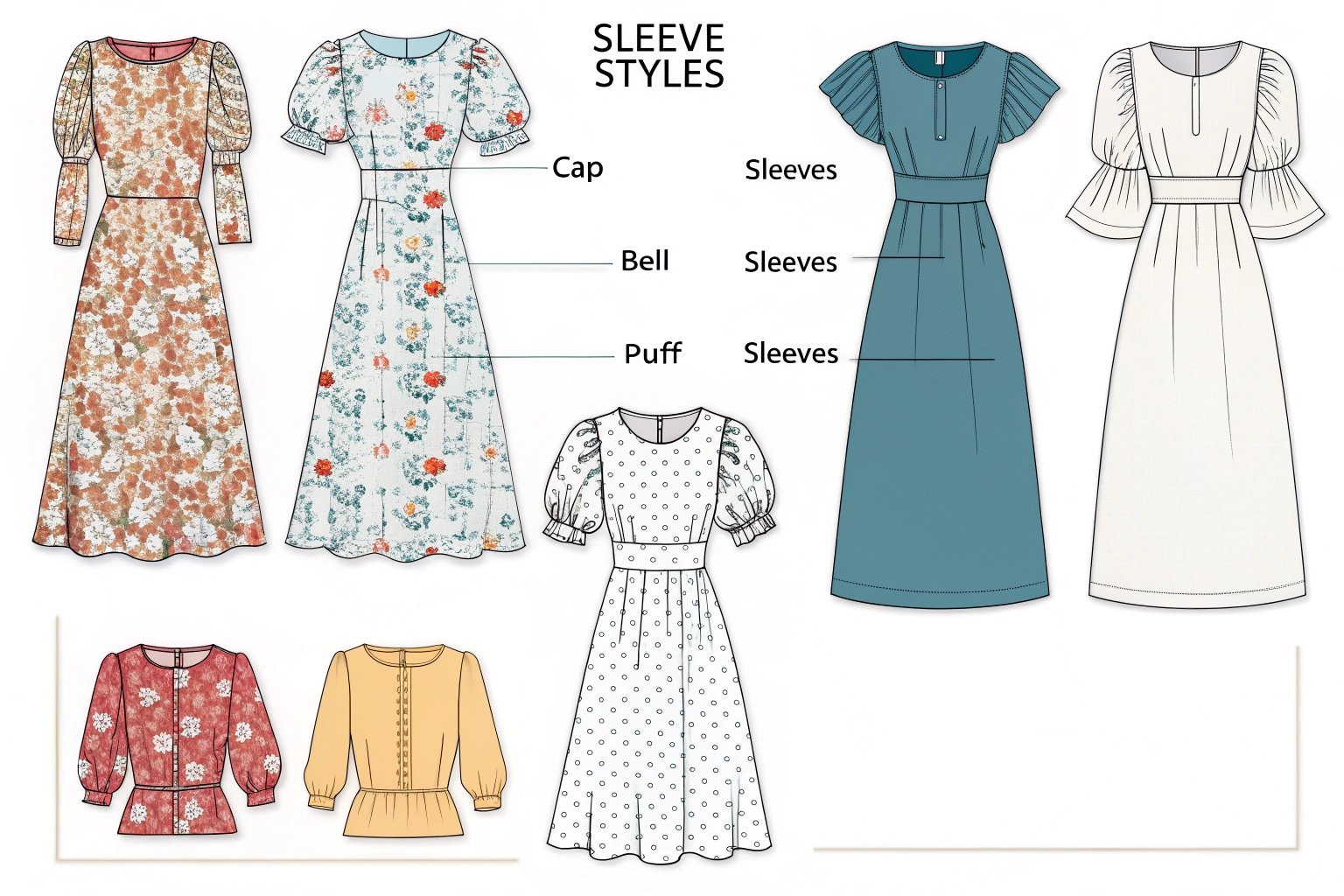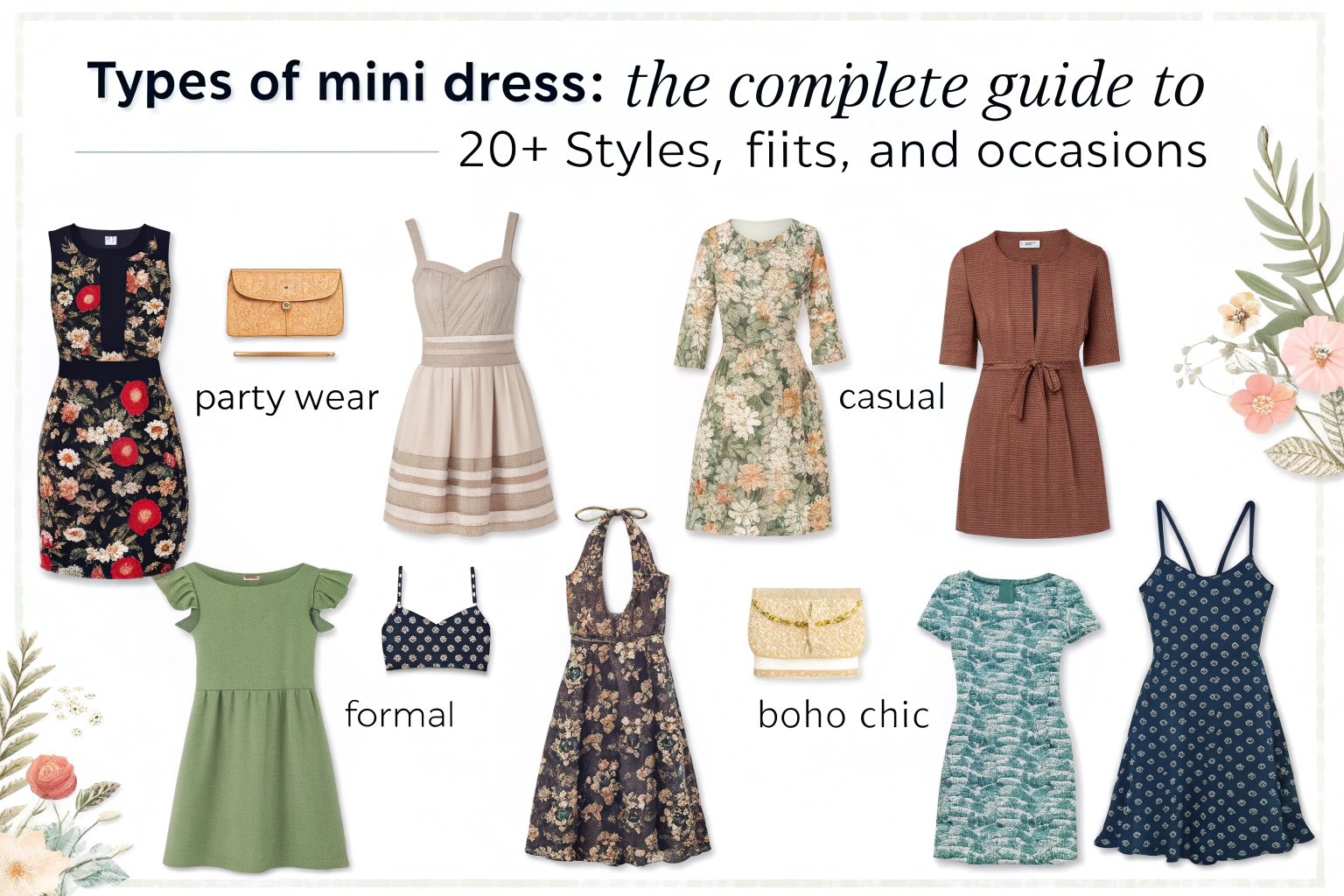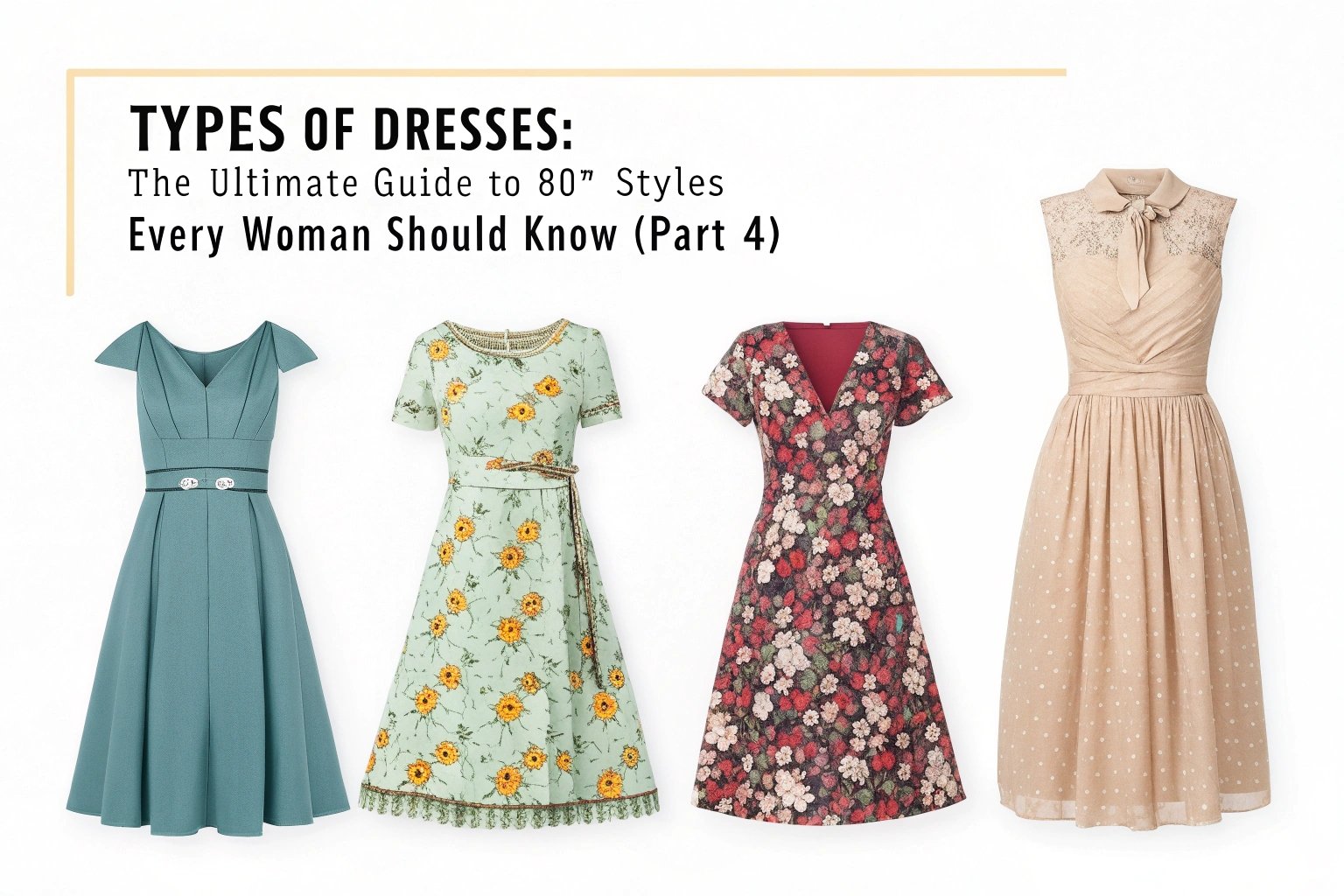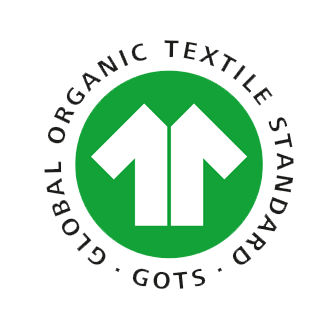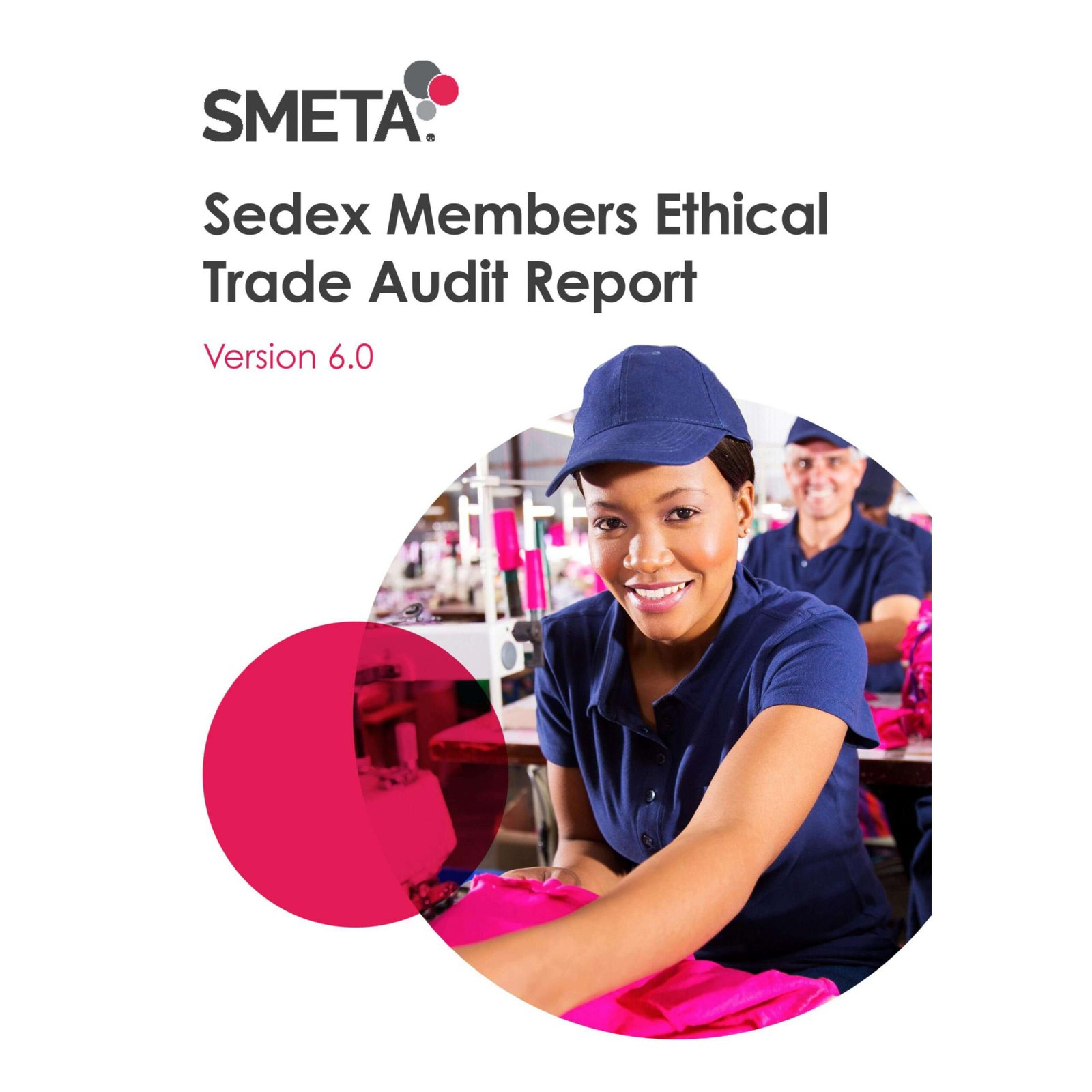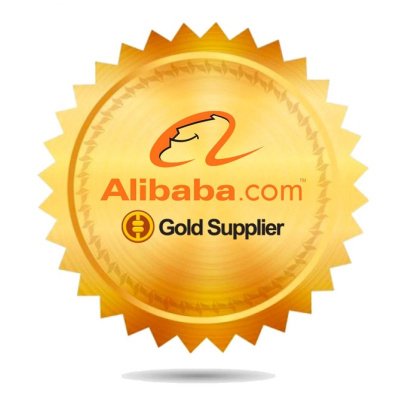Starting a clothing brand can be both an exciting and overwhelming process. One of the most critical aspects to consider is the cost of partnering with clothing manufacturers1. But what exactly does it cost to get started? Let’s break it down, so you can set realistic expectations from the beginning.
The cost of starting a clothing brand can vary widely depending on the scale, the complexity of designs, and the type of manufacturer you choose. However, there are key costs like sample creation, manufacturing fees, and shipping that you should anticipate.
Transitioning from the initial excitement of an idea to the reality of production can be tricky. Understanding what impacts pricing and how to optimize costs will help you stay on track and avoid unexpected financial surprises.
How Much Does It Really Cost to Partner with Clothing Manufacturers?
Starting a clothing brand often means partnering with a clothing manufacturer. But how much will that really cost?
Partnering with a clothing manufacturer typically involves a range of costs, including set-up fees, sample creation, production costs, and shipping. While prices vary, many manufacturers offer flexibility based on order volume and complexity.
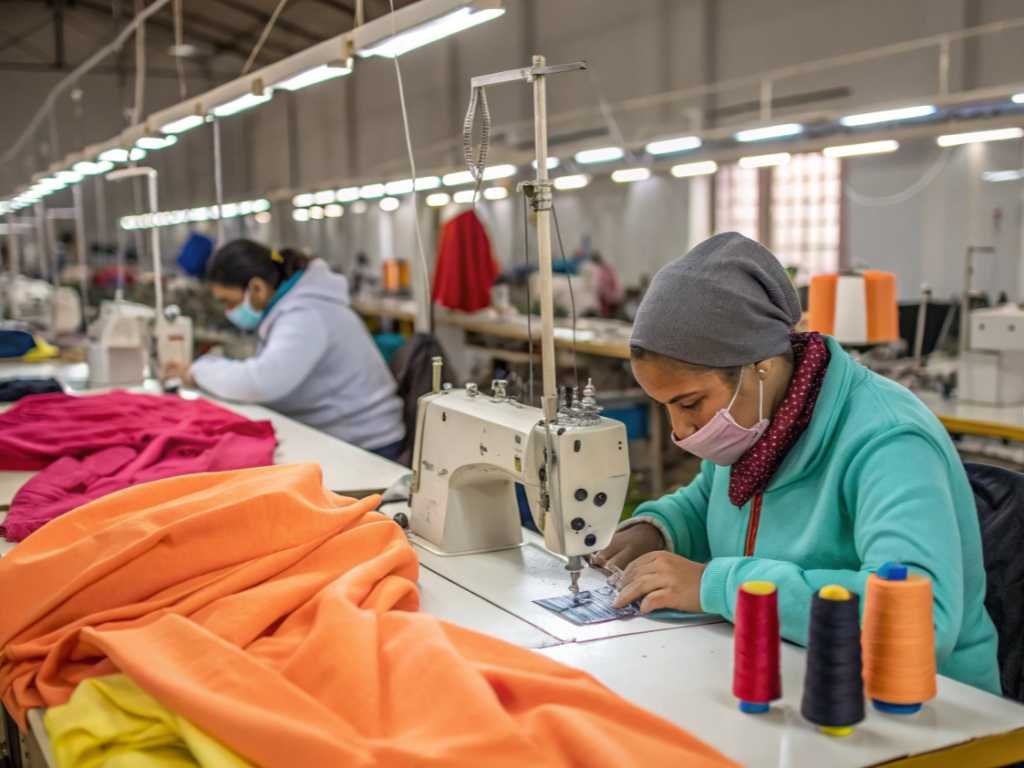 Sewing clothes in a factory.
Sewing clothes in a factory.
Understanding the Cost Breakdown
When looking to partner with a clothing manufacturer, it’s essential to understand how the pricing structure works. Manufacturers usually charge based on the volume of the order, fabric quality, complexity of the designs, and production timeline.
| Cost Category | Description | Impact on Total Cost |
|---|---|---|
| Set-Up Fees | One-time fees for pattern creation, dies, and labels. | Initial investment but often deducted from final order. |
| Sample Costs | Cost to create a sample garment for approval. | Small investment but crucial for ensuring quality. |
| Unit Costs | Price per unit of garments produced. | Decreases with larger orders, making bulk more cost-effective. |
| Shipping & Logistics | Shipping costs, both local and international. | Can significantly impact costs, especially for international brands. |
Keep in mind, manufacturers in different regions (e.g., China vs. Europe) might have very different pricing structures. The key is to find a balance between quality and cost-effectiveness that fits your brand’s needs.
What Are the Initial Costs When Working with Clothing Manufacturers?
When you’re just starting out, there are several initial costs to consider when working with a clothing manufacturer. But what are they exactly?
Initial costs with clothing manufacturers generally include design costs, pattern making, fabric sourcing, and the production of samples. These costs are crucial for ensuring the finished product aligns with your brand’s vision.
Opening a clothing brand isn’t just about having great designs—it’s also about the upfront financial commitment to ensure quality production. Understanding these costs helps you plan ahead for a smooth launch.
Breaking Down Initial Investment Needs
Initial costs often seem manageable, but they can quickly add up. Here’s a deeper look into the first steps:
| Initial Cost Category | Typical Expense Range | Key Considerations |
|---|---|---|
| Design and Concept Development | $500 – $3,000 per design | Dependent on designer’s experience and the complexity of the designs. |
| Fabric Selection | $2 – $15 per yard | The type of fabric influences the final cost significantly. |
| Pattern and Prototype Development | $300 – $2,500 per design | Customized patterns or unique cuts raise the cost. |
When working with a clothing manufacturer, it’s important to not cut corners during these early stages. While it might feel like an unnecessary expense, investing in quality at this stage will pay off later when your product is on store shelves.
What Factors Impact the Pricing of Clothing Manufacturers?
You may wonder what drives the pricing when working with clothing manufacturers. What are the key factors influencing the cost?
The cost of clothing manufacturing is affected by factors like order volume, complexity of design, fabric choices, and the location of the manufacturer. The more intricate the design or the higher the quality of materials, the higher the production cost.
Manufacturers have varying pricing strategies, so it’s important to choose one that aligns with your budget while still meeting the quality standards of your brand.

Factors That Directly Influence Manufacturing Costs
The pricing from clothing manufacturers is impacted by several complex factors, and understanding them can help you manage costs more effectively. Here’s a closer look at the major influencers:
| Pricing Factor | Impact on Costs | Key Considerations |
|---|---|---|
| Order Volume | Larger orders reduce cost per unit | Minimum order quantities and volume discounts. |
| Design Complexity | Complex designs raise costs | More intricate designs require additional labor and resources. |
| Fabric and Materials | Higher-quality materials are more expensive | Eco-friendly or premium materials increase the production cost. |
| Manufacturing Location | Labor costs vary based on location | Overseas manufacturers may be more cost-effective but come with higher shipping costs. |
These factors come together to influence the overall pricing model. By evaluating these, you can plan more effectively and negotiate better terms with manufacturers.
How Can You Find the Right Clothing Manufacturers for Your Brand?
Finding the right clothing manufacturer is a crucial step in building a successful clothing brand. But how do you find one that aligns with your vision and budget?
Finding the right clothing manufacturer requires a strategic approach. Look for manufacturers with expertise in your niche, flexibility in order volume, and a proven track record in quality control.
Starting with a clear understanding of your brand’s needs will make it easier to find a manufacturer that can help you scale efficiently.
What to Look for in a Manufacturer Partner
Finding the perfect manufacturer can be a challenge, but it’s vital to prioritize certain qualities to ensure long-term success:
| Key Criterion | Why It’s Important | How to Evaluate |
|---|---|---|
| Experience in Your Niche | Specialization leads to better results | Check their portfolio for similar work. |
| Manufacturing Capabilities | Ensure they can handle your order size and style | Ask about production capacity and previous clients. |
| Certifications and Standards | Guarantees high-quality production | Verify certifications like ISO, BSCI, and sustainability practices. |
This step requires thorough research. Checking reviews, requesting samples, and even visiting the factory (if possible) can provide you with crucial insights.
How Do You Negotiate Pricing with Clothing Manufacturers?
Once you find a suitable manufacturer, negotiating pricing is crucial. How can you make sure you get the best deal?
Negotiating pricing involves understanding the manufacturer’s costs and being clear about your needs. Transparency, flexibility, and mutual respect are key to reaching a fair agreement.
A strong partnership depends on fair negotiation and mutual benefit. Let’s look at strategies for successful pricing negotiations.
Negotiation Tactics for the Best Deal
Effective negotiation with clothing manufacturers can be a game-changer for your brand. Here’s how to approach it strategically:
| Negotiation Tactic | What It Achieves | How to Implement |
|---|---|---|
| Build a Strong Relationship | Cultivates trust and smooth communication | Keep open lines of communication and be respectful. |
| Offer Long-Term Potential | Manufacturers are likely to give discounts for future orders | Highlight future growth potential and expected volume. |
| Request Bulk Discounts | Large orders usually lead to cheaper per-unit pricing | Negotiate for better pricing with higher volume orders. |
Negotiation is as much about building a relationship as it is about striking a deal. Don’t rush the process—understanding the nuances of your manufacturer’s needs will lead to a more fruitful partnership.
What Are the Hidden Costs in Starting a Clothing Brand?
Starting a clothing brand comes with visible and hidden costs. What should you be aware of when planning your finances?
Hidden costs can include production overruns, unexpected fees, and costs associated with meeting regulatory standards. It’s important to anticipate these costs to avoid budget issues down the road.
Understanding and preparing for these hidden costs will save you from surprise expenses that could derail your brand’s success.
The Hidden Costs You Must Prepare for
Starting a clothing brand isn’t just about paying for production; there are several hidden costs to consider. Let’s dive deeper into some of these unexpected expenses:
| Hidden Cost Category | Description | Impact on Budget |
|---|---|---|
| Production Overruns2 | Manufacturers sometimes produce extra units. | Can lead to higher costs if unsold inventory isn’t handled efficiently. |
| Regulatory Compliance3 | Compliance with international standards (e.g., safety certifications). | Failure to comply can lead to fines or shipment delays. |
| Shipping and Logistics | Unexpected delays, duties, or shipping fees. | These can quickly add up, especially with international orders. |
These hidden costs can pile up quickly if you’re not prepared. Building a financial cushion and working closely with your manufacturer will help minimize these surprises.
How Can You Minimize Costs Without Sacrificing Quality in Clothing Production?
It’s essential to find a balance between cost-cutting and quality. How can you minimize costs without compromising your product?
To minimize costs without sacrificing quality, you should focus on optimizing order volume, selecting cost-effective materials, and streamlining production processes.
Being strategic with your choices will allow you to maintain quality while reducing unnecessary expenses.

Cost-Saving Strategies for Quality Control
Balancing cost and quality is challenging but achievable. Here are a few ways to ensure you’re getting the best value for your money:
| Cost-Saving Strategy | How It Helps You Save | Implementation Tips |
|---|---|---|
| Bulk Orders | Lower per-unit cost | Ensure demand for large quantities. |
| Simplified Designs | Reduces complexity and production time | Use less intricate designs and materials. |
| Streamlined Supply Chain | Eliminates unnecessary steps in production | Work with fewer middlemen to reduce costs. |
Focusing on efficiency while keeping quality intact will be key to long-term success.
What Are the Long-Term Financial Considerations When Running a Clothing Brand?
Once your clothing brand is up and running, what are the long-term financial considerations?
Long-term considerations include budgeting for ongoing production costs, marketing expenses, and the need for scalability as your brand grows.
Planning for long-term financial health will help you maintain profitability and sustainable growth.
Financial Planning for Brand Growth
Managing your finances as your brand grows involves more than just covering the cost of production. Here’s a look at some long-term financial strategies:
| Long-Term Financial Strategy | Purpose | Key Considerations |
|---|---|---|
| Scalability Plans | Ensures your brand can grow efficiently | Plan for larger orders and warehouse space. |
| Ongoing Operating Costs | Maintains brand operations | Marketing, distribution, and customer support should be factored in. |
Sustainable financial planning ensures you’re ready for growth while managing risks effectively.
Conclusion
Starting a clothing brand involves careful financial planning. From initial production costs to long-term scaling, every step requires attention to detail. By understanding the factors that impact pricing, hidden costs, and ways to optimize efficiency, you can build a successful and profitable clothing brand.
-
Understanding the costs involved in partnering with clothing manufacturers is crucial for budgeting and planning your clothing brand’s launch. ↩
-
Understanding production overruns can help you manage inventory better and avoid unnecessary costs. ↩
-
Exploring regulatory compliance can prevent costly fines and ensure smooth operations for your brand. ↩


